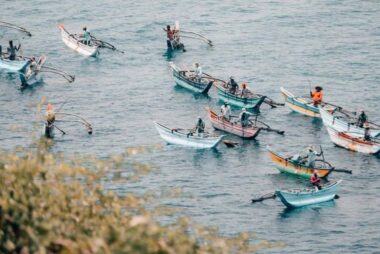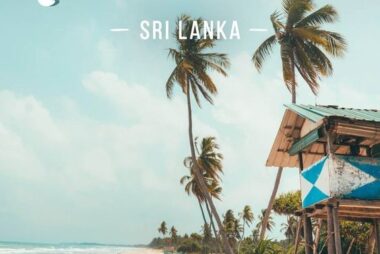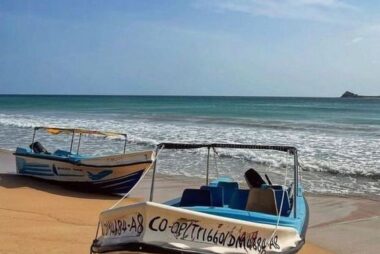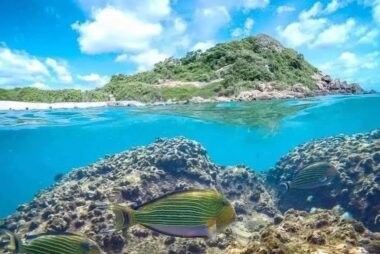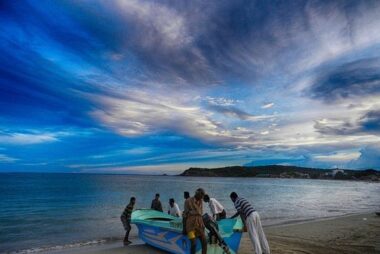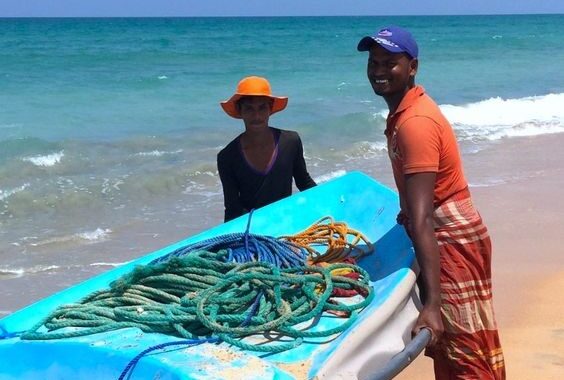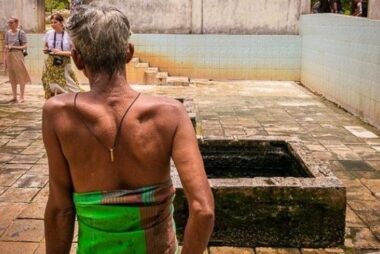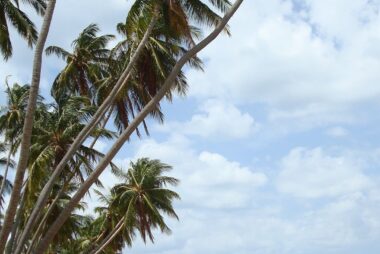Trincomalee has always aroused interest as one of the largest natural harbours in Sri Lanka. The Portuguese called the bay ‘Bahia dos Arcos’ in their records and described it as a strategic location for Indian Ocean trade routes which could control the entire Gulf of Bengal. Admiral Lord Nelson shared the view of the Portuguese, but the great trading post never came to life. It is possible that it may yet become one, in a shrinking world and an expanding Asia.
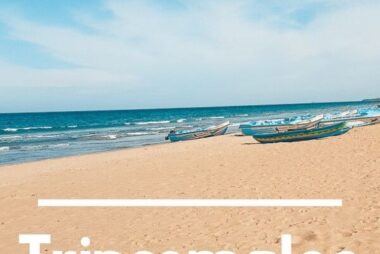
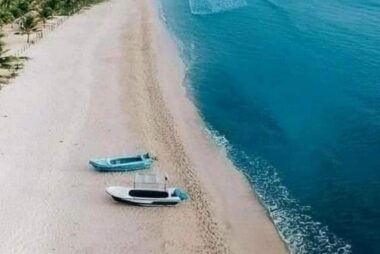
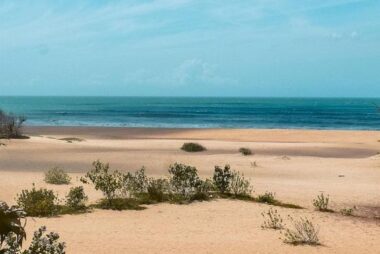
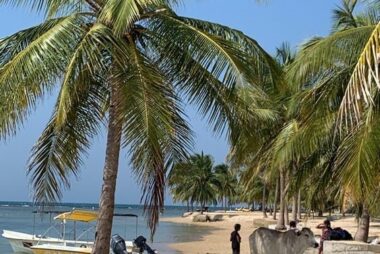
Nilaweli is an uninterrupted stretch of beach that runs north from Trincomalee for nearly 30 kms. The Red Rock Beach near Nilaweli is an estuary with some unique pink boulders. A boat can take you to the nearby Pigeon Island, which has some superb coves that shelter the Blue Rock pigeon. The shady beach is a refuge for sunbathers who sun and seek solitude in a Sri Lanka Beach vacation.
For addicts and the adulators of sun, sea and surf, the Beaches of Trincomalee offers a value experience unmatched from April to November, a fact one must remember in selecting the days of your Sri Lanka Flights.
The Thirukoneswaram Kovil is a highly venerated Hindu Shrine that stands on the highest point of the Swami rock that dominates the landscape. The temple is dedicated to Lord Shiva. The Swami Rock is a cliff at the tip of the promontory of the Fort.Located at the mouth of the largest and longest river in Sri Lanka, the Mahaweli it was to become a staging post for successive European colonials. One of its land marks is Fort Fredrick where you can see a century and a half of British fortifications which received some fresh attention during the Second World War.The cliff has a forbidding drop of more than 30 meters to the sea below.
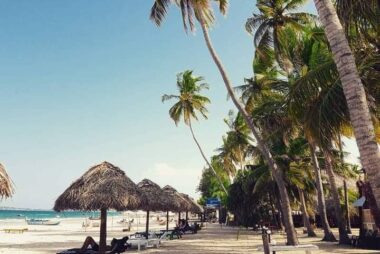
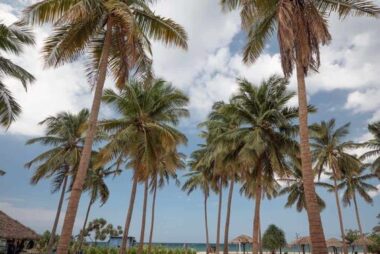
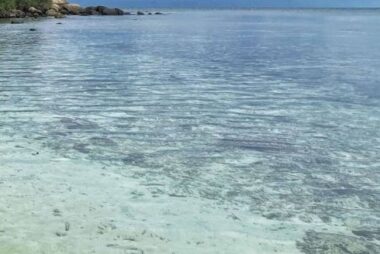
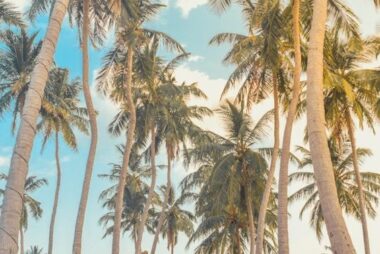
It is called the Lovers Leap, and is associated with a romantic legend of a maiden who jumped to her death from the sheer cliff edge. She had not wished to suffer the anguish of watching her fickle lover sailing in.All this and more, when you Holiday in Sri Lanka.
